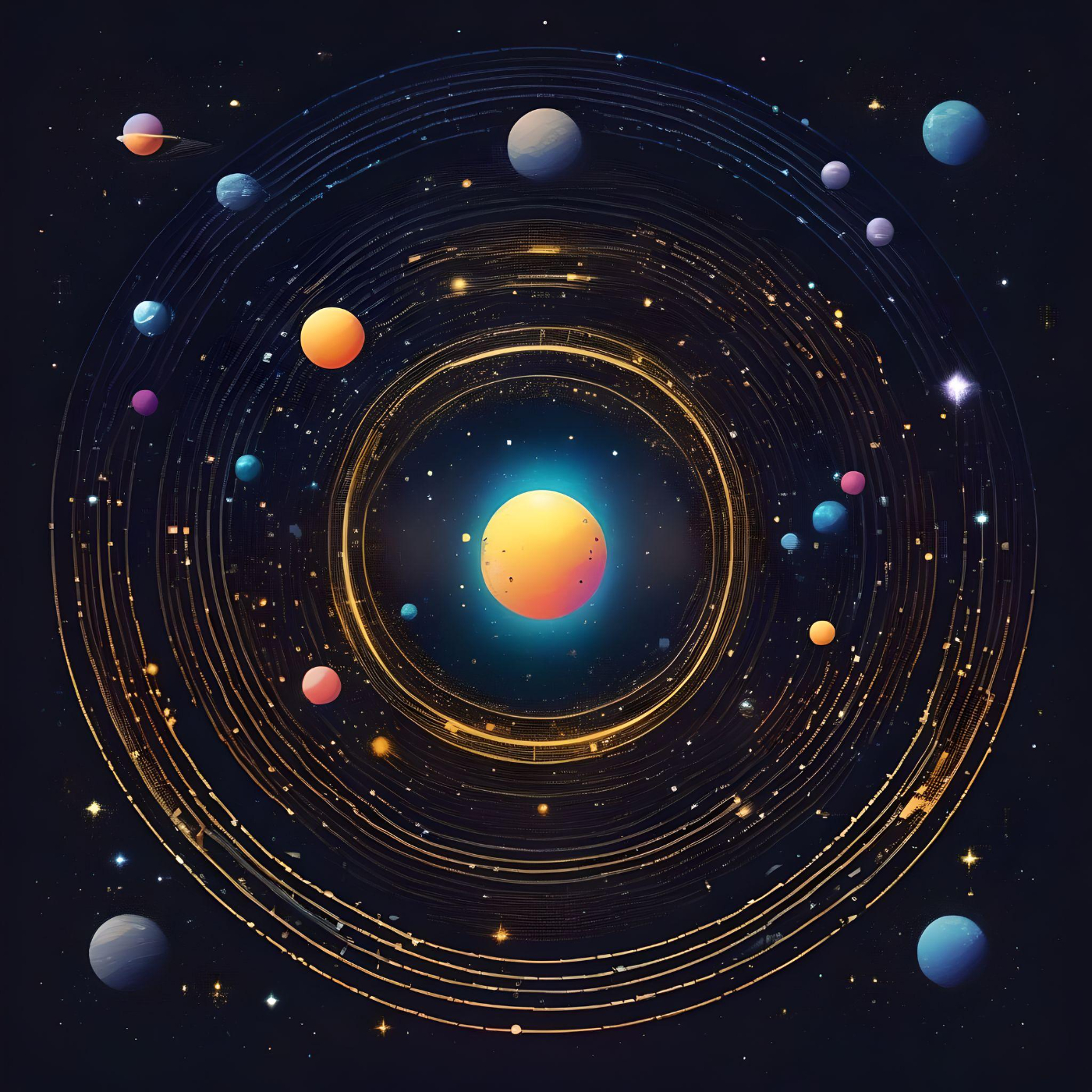319 reads
Induced Magnetic Field in Accretion Disks Around Neutron Stars: Conclusion and References
by
March 8th, 2024
Audio Presented by

Shielding the planet from harmful solar radiation.
About Author
Shielding the planet from harmful solar radiation.